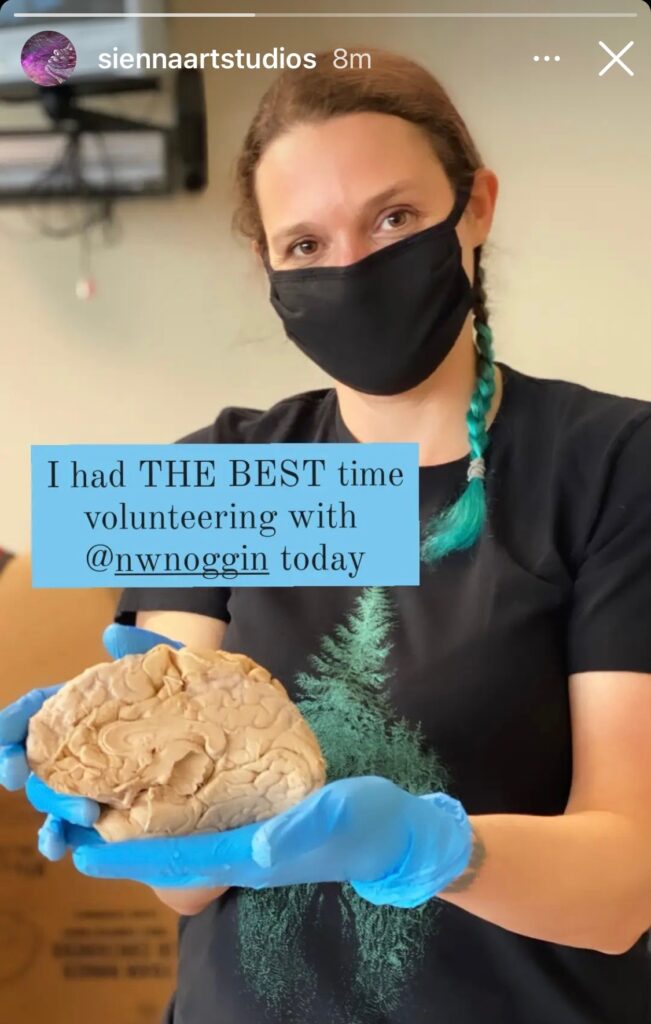
LEARN MORE: Whose land are you on?
Northwest Noggin traveled along the Columbia River to St. Helens, Oregon, named for the local volcano that erupted in 1980. We spent the morning with clients at the Pathways Residential Treatment Facility, a program of Columbia Community Mental Health, discussing substance use disorders (SUDs), memory, sleep, stress and how traumatic experiences in childhood might influence the development of adult brains.

LEARN MORE: Pathways: The road to recovery in St. Helens
Our informed, enthusiastic volunteers included Joanna “hisei hii3e” DeMeyer from Oregon State University, Sienna Morris, an artist and NIH BUILD EXITO scholar from Portland Community College/Portland State University (PSU), and Ellie Phelps, Brooke Searle, Will Nasi, Tiara Freeman and Britta Harbury, also from PSU.

POST BY ELLIE PHELPS, PSU Neuroscience undergraduate who works with clients at Pathways.
“… when you go out into the woods and you look at trees, you see all these different trees. And some of them are bent, and some of them are straight, and some of them are evergreens, and some of them are whatever. And you look at the tree and you allow it. You appreciate it. You see why it is the way it is. You sort of understand that it didn’t get enough light, and so it turned that way. And you don’t get all emotional about it. You just allow it. You appreciate the tree.”
— Ram Dass

The minute you get near humans, you lose all that. And you are constantly saying ‘You’re too this, or I’m too this.’ That judging mind comes in. And so I practice turning people into trees. Which means appreciating them just the way they are.”
— Ram Dass
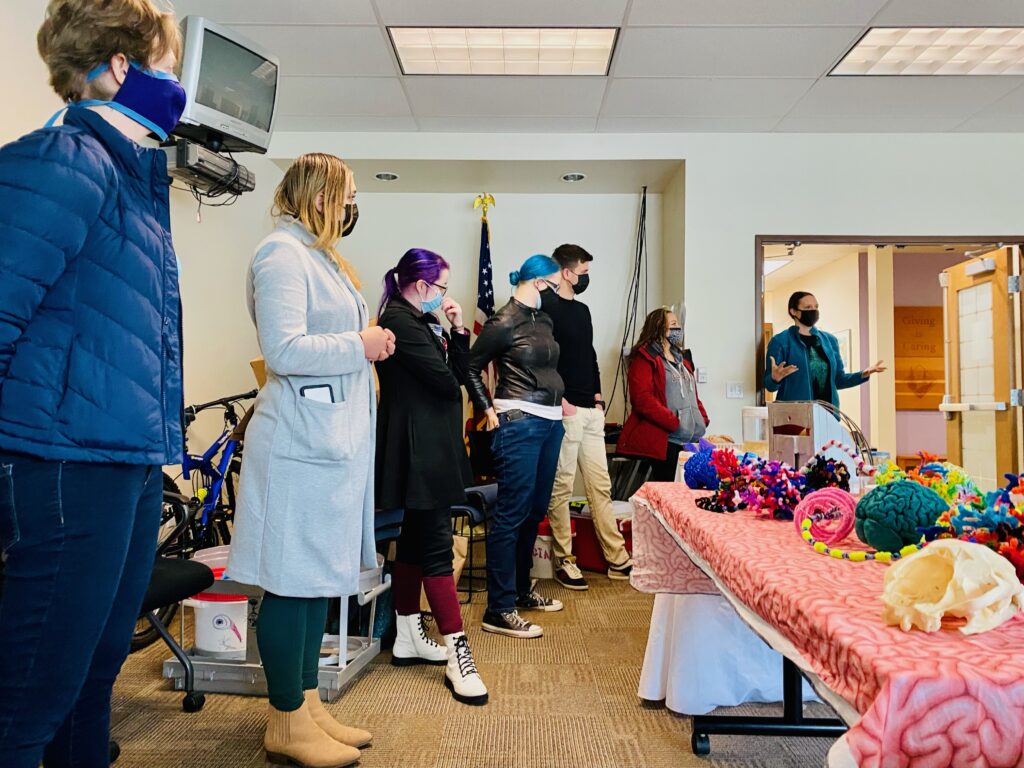
Pathways is a nonprofit Columbia County residential treatment center in the rural community of Saint Helens, Oregon, about 30 miles west of Portland. Pathways welcomes people from all walks of life who seek assistance for withdrawal and are ready to take the next step in their recovery. Its individualized programs can accommodate special needs and complex health histories. Pathways is prepared to treat patients who might be considered more high risk, including those who are pregnant, individuals with mental health issues, and the elderly.

LEARN MORE: Bridge to Pathways
Substance Use Disorder (SUD) is a disease that affects a person’s brain and behavior and leads to an inability to control the use of a legal or illegal drug or medication.
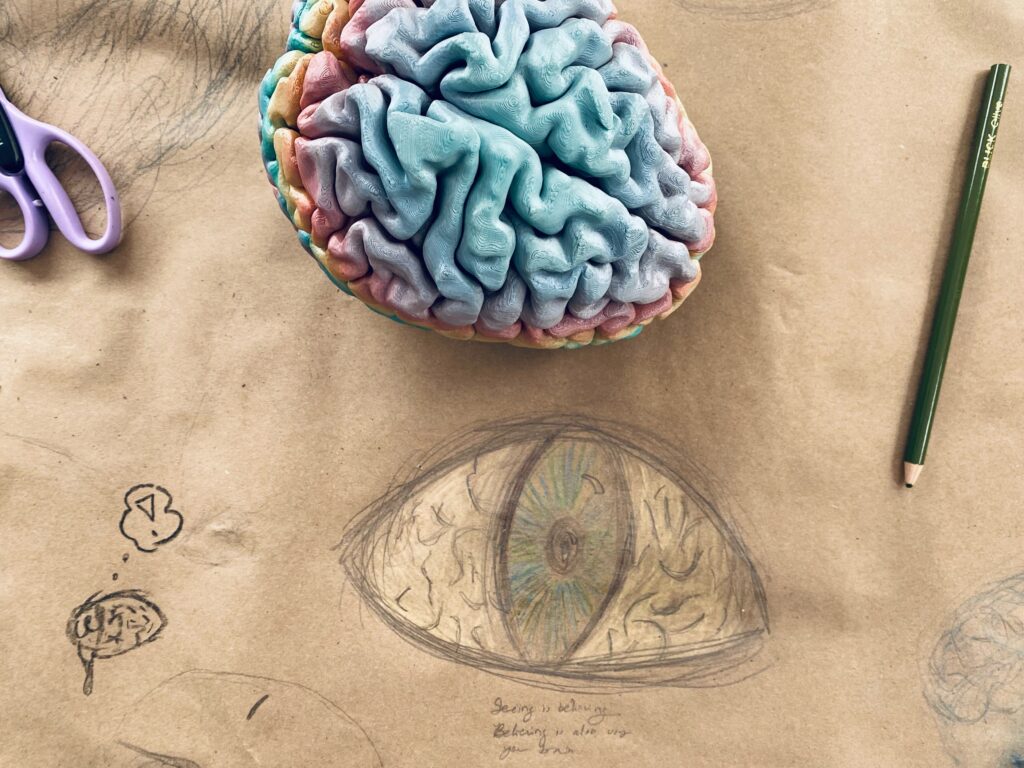
Our understanding of substance use disorder has advanced significantly over the last three decades in part due to major progress in genetics and neuroscience research and to the development of tools to investigate molecular changes in specific neuronal populations in animal models of SUD, as well as brain imaging devices to assess brain function and neurochemistry in people.
LEARN MORE: Substance use disorder
LEARN MORE: Substance Use and Co-Occurring Mental Disorders
LEARN MORE: Behavioral Perspectives on the Neuroscience of Drug Addiction
LEARN MORE: To End the Drug Crisis, Bring Addiction Out of the Shadows
Tree Science
Pathways’ clients heard the amazing story of Sienna Morris, a scientific artist, who collaborated with OHSU Behavioral Neuroscience graduate student Brittany Alperin to explore the effects of “forest bathing” on depression and anxiety. Sienna and Brittany presented a free public talk about their findings, along with some of Sienna’s striking and informative numberism art at Velo Cult in 2017.

“This is how I celebrated my birthday this year; talking with people about the brain and how its plasticity allows for tremendous growth and recovery. Work like this, and my time in school will make me a better scientific communicator, and will inspire a whole new series of numberism pieces.”
— Sienna Morris
LEARN MORE: Bathing your brain @ Velo
LEARN MORE: Medical empirical research on forest bathing (Shinrin-yoku): a systematic review
“Why does methamphetamine make me sleepy?” -Pathways client
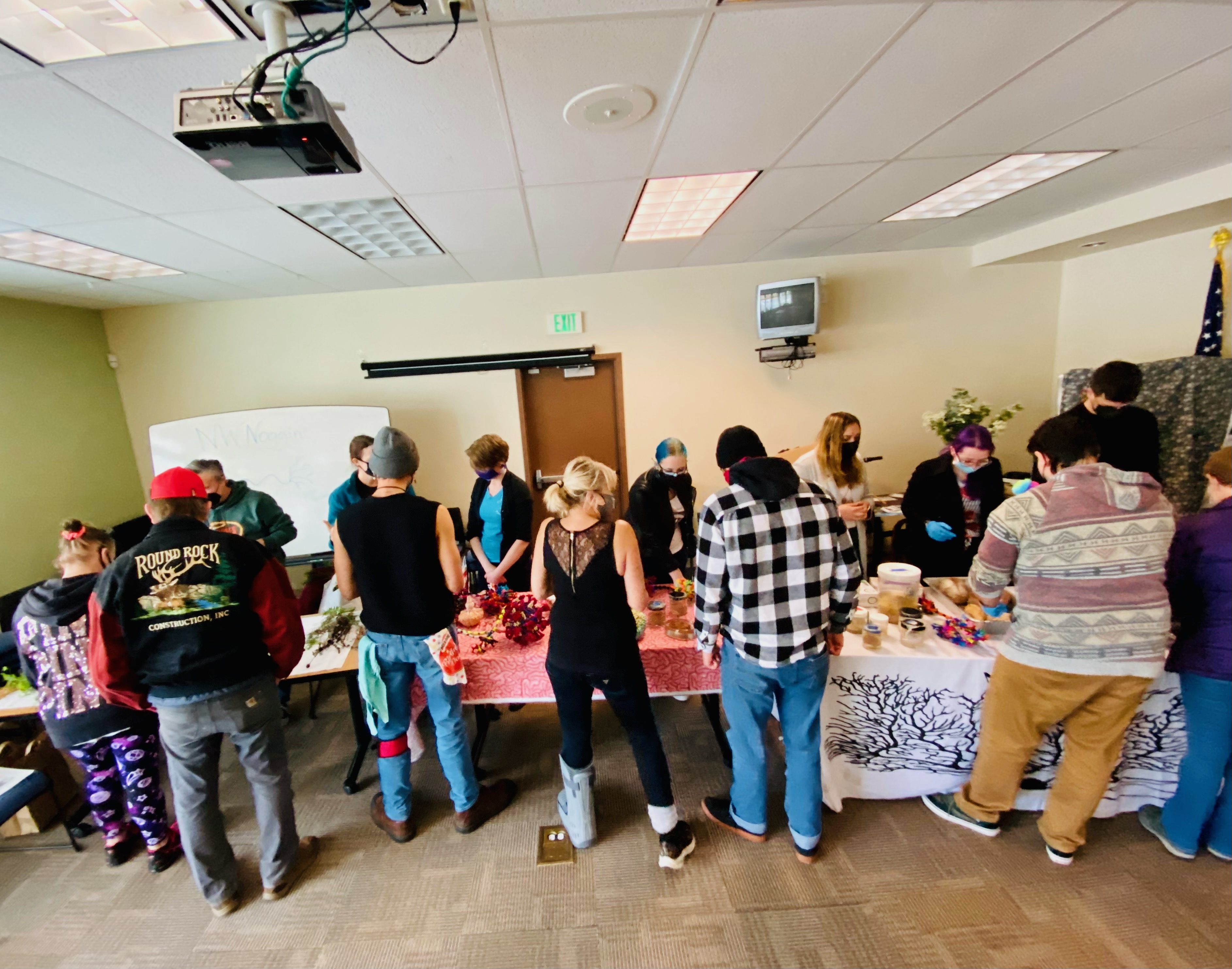
Methamphetamine is considered a “psychostimulant,” suggesting that it makes people hyperactive, not drowsy. However, the drug is closely related to drugs used to treat attention deficit hyperactivity disorder (or ADHD), a common diagnosis in those using meth. Psychostimulants like meth (and related drugs known as amphetamines) increase the levels of specific neurotransmitters in the brain, including dopamine and norepinephrine. This can improve communication and coordination of brain areas that depend on adequate release, including networks that let us better regulate executive decision making and attention. Adequate sleep also helps us maintain effective neurotransmitter levels, and can be a healthier alternative than psychostimulants, which not only lead to drug tolerance (you need more over time to get the same effect) but often severely disrupt sleep. But for some people these drugs might at least temporarily elevate neurotransmitter activity to levels that let them better regulate and engage, and perhaps that sense of control offers a brief opportunity to relax.
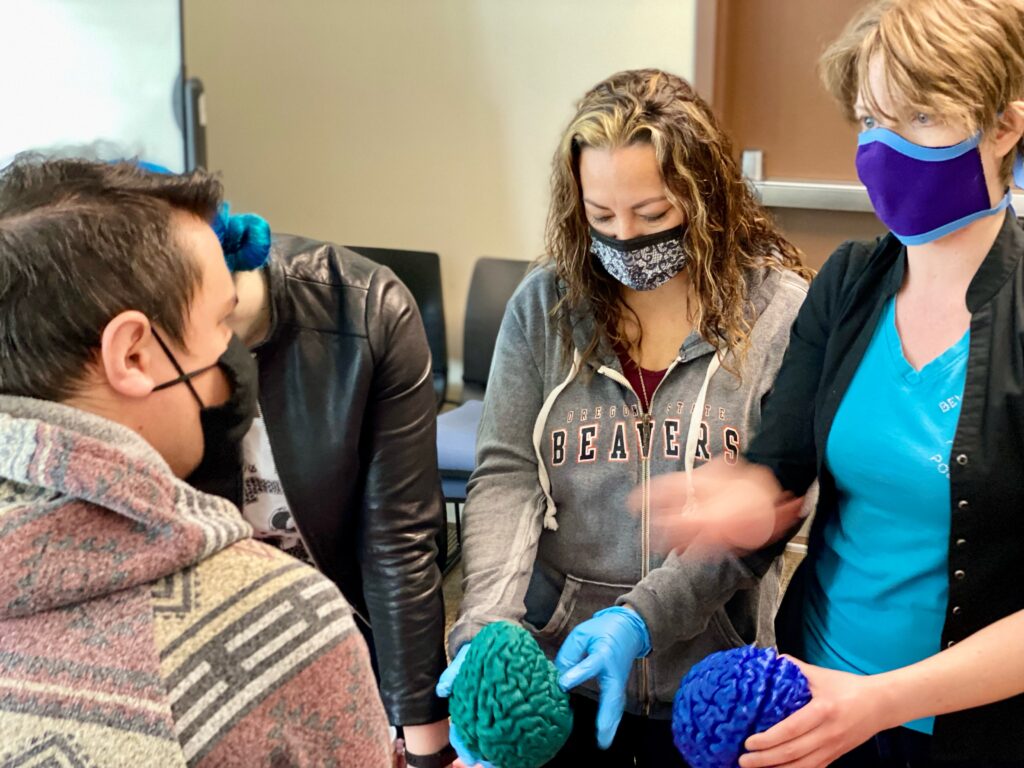
LEARN MORE: What is methamphetamine?
LEARN MORE: Amphetamines for attention deficit hyperactivity disorder (ADHD) in adults
LEARN MORE: Attention-deficit/hyperactivity disorder among chronic methamphetamine users
LEARN MORE: Methamphetamine and sleep impairments: neurobehavioral correlates and molecular mechanisms
No one size fits all

Just like our fingerprints, our brains are unique. A combination of genetic factors and our experiences shape the anatomy of our brains. Additionally, stress has many different effects and impacts on everyone. Based on individual differences in assessment, resources and upbringing, stress can be experienced variably between individuals. In the same vein, stress relief does not always look the same for everyone. Knowing that not everyone has the same tools or coping abilities to deal with stress as others shows us how important research on coping with stress is.
LEARN MORE: Dealing with Stress: One Size does not Fit All
“Can your brain really change how it thinks about things?” -Pathways client
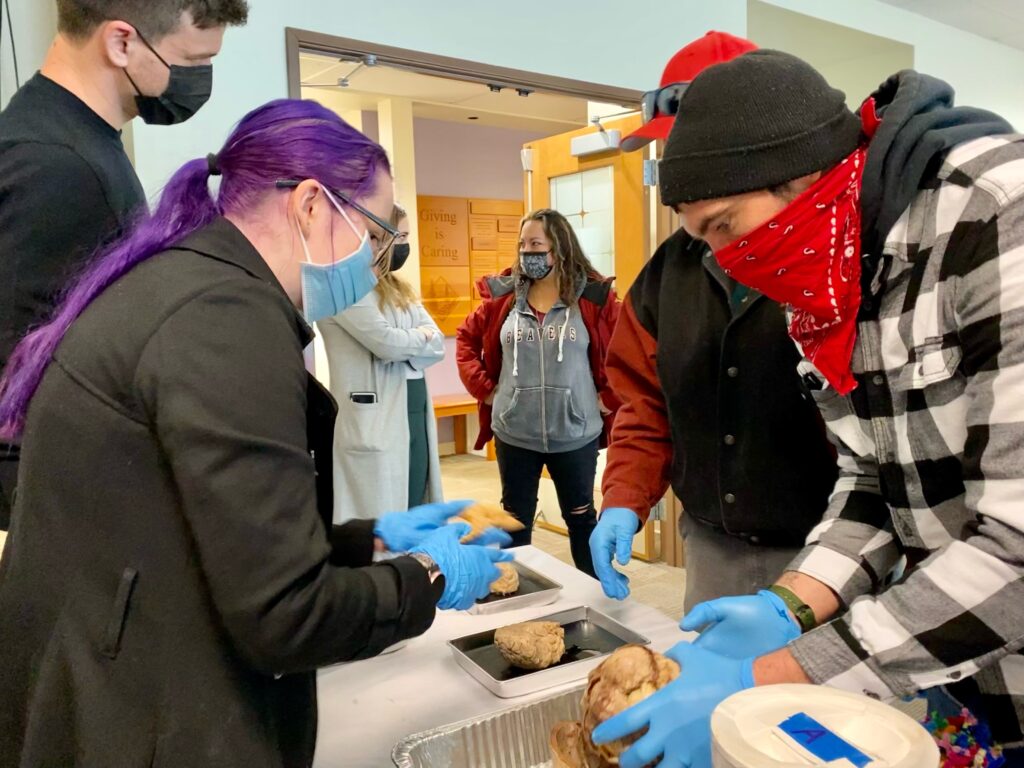
Thinking impacts your brain. Each thought has the potential to change the structure or function of your brain, with some of these changes temporary and others more permanent. Our brains are plastic, and changeable.
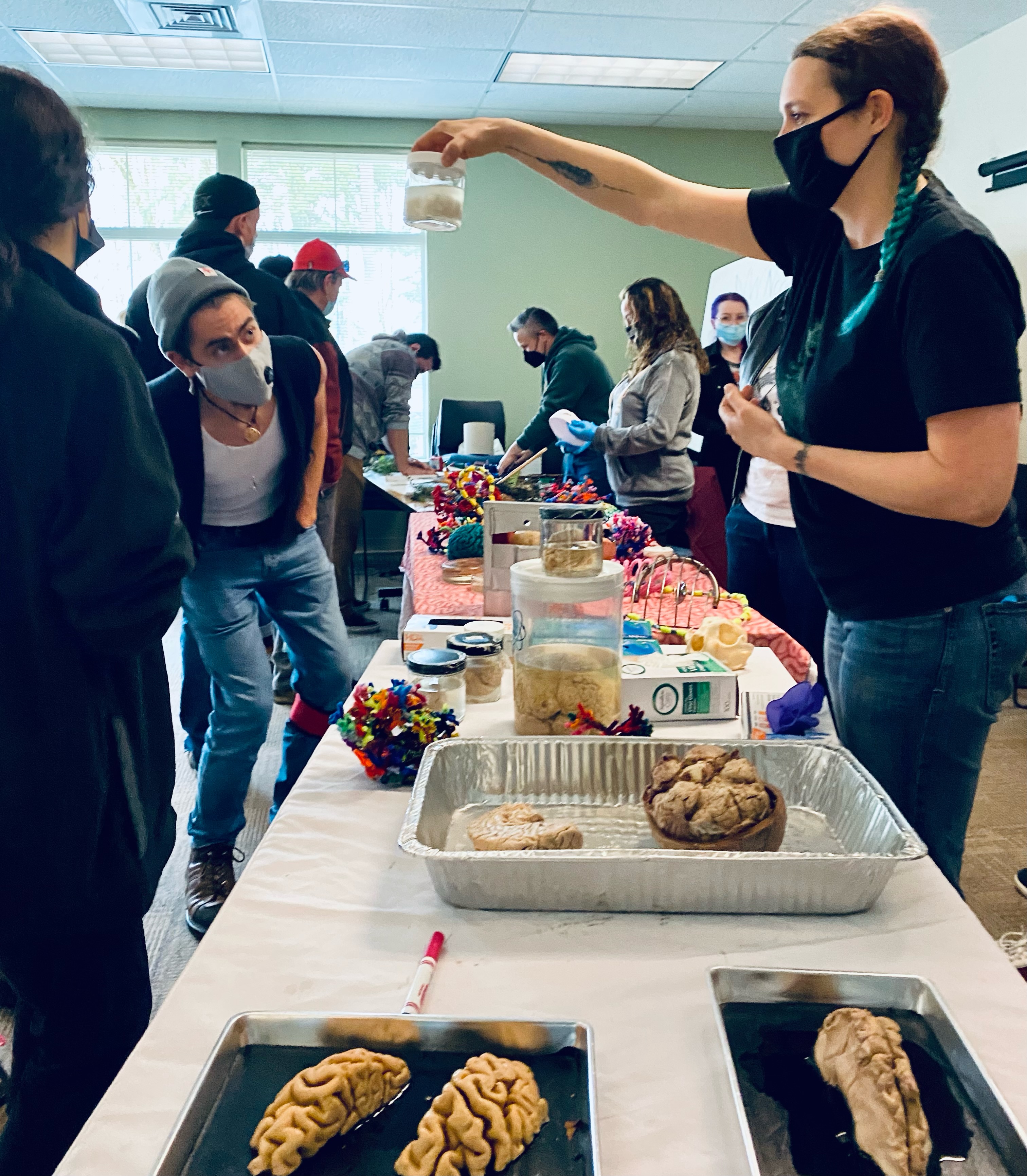
When certain thoughts run along certain pathways in your brain over and over, it may alter connections, creating new synapses and in some cases new neurons. These new connections can make a thought or behavior stronger. Efforts to re-interpret or re-frame experience can also change pathways and perhaps improve how you approach new situations. With community support, resources, and evidence-based assistance, recovery is possible.
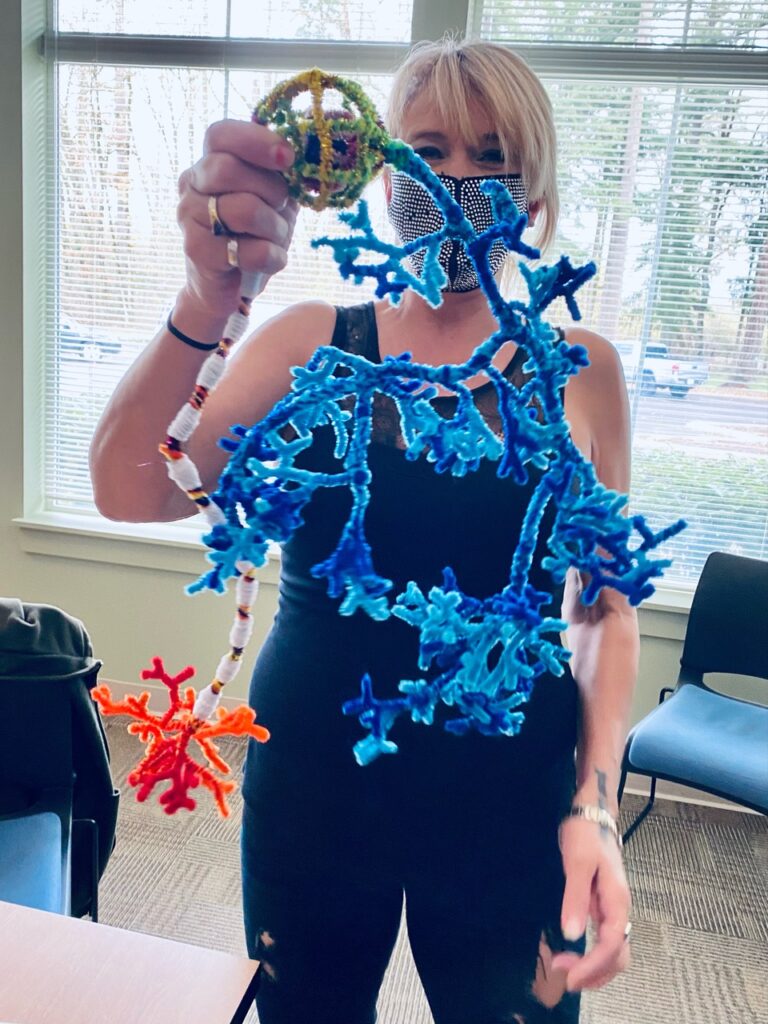
LEARN MORE: Mechanisms of exposure therapy: how neuroscience can improve psychological treatments for anxiety disorders
LEARN MORE: Why Cognitive Behavioral Therapy Is the Current Gold Standard of Psychotherapy
Making Art
We enjoyed so many questions from clients at Pathways while directly examining real noggins and crafting some beautiful brain cells of our own! One client asked if we had MORE art projects that he could try: “It’s so calming for me to make something – I love making cells in my brain!”

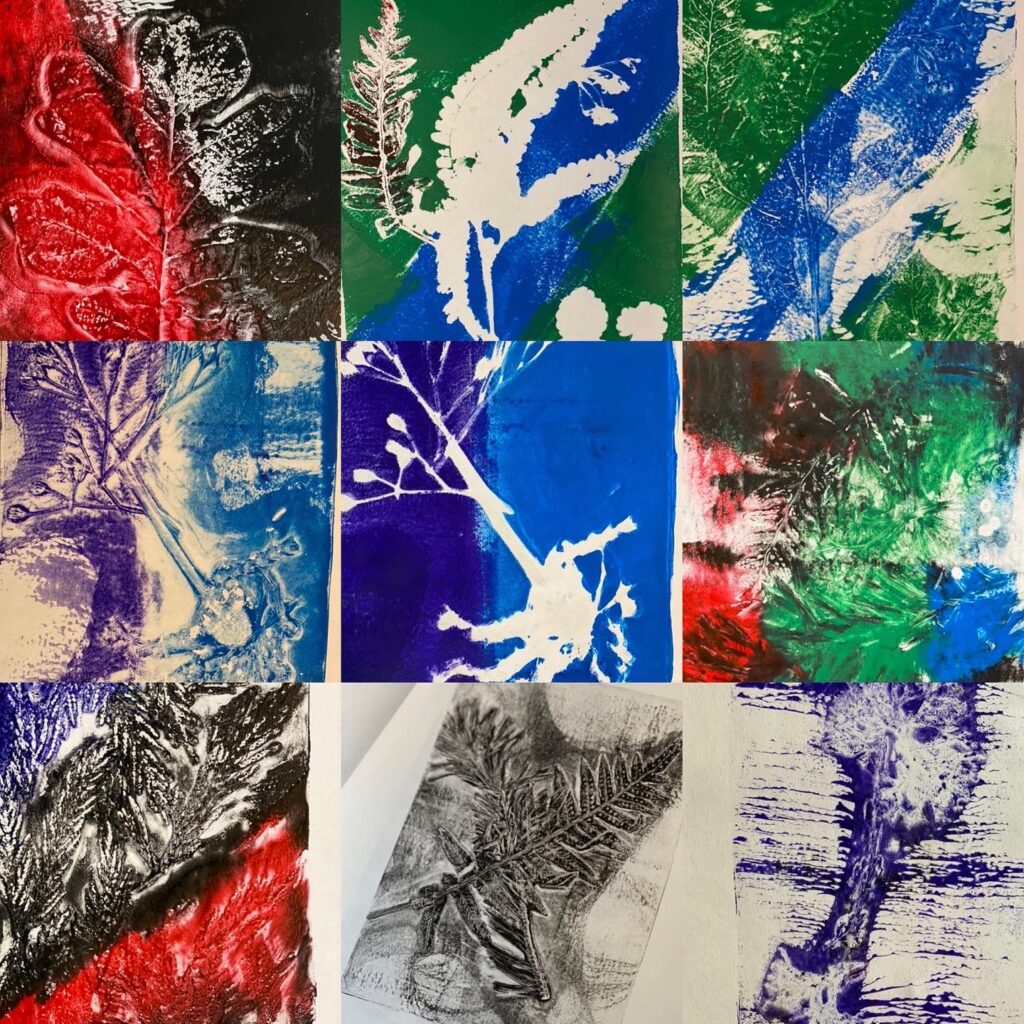
MAKE YOUR OWN: Gel Print Neuron and Glia Project
MORE ART PROJECTS: NOGGIN ART ACTIVITIES
“May your minds stay wet, focused and charged!”
— Client at Pathways

“My hippocampus is totally engorged from all that info! My body kept the score and you guys are winning!”
— Client at Pathways
Huge thanks to all the Pathways clients and staff, including Rain Marie Carroll, the Residential Clinical Administrator, for welcoming us to St. Helens! We look forward to returning in 2022.
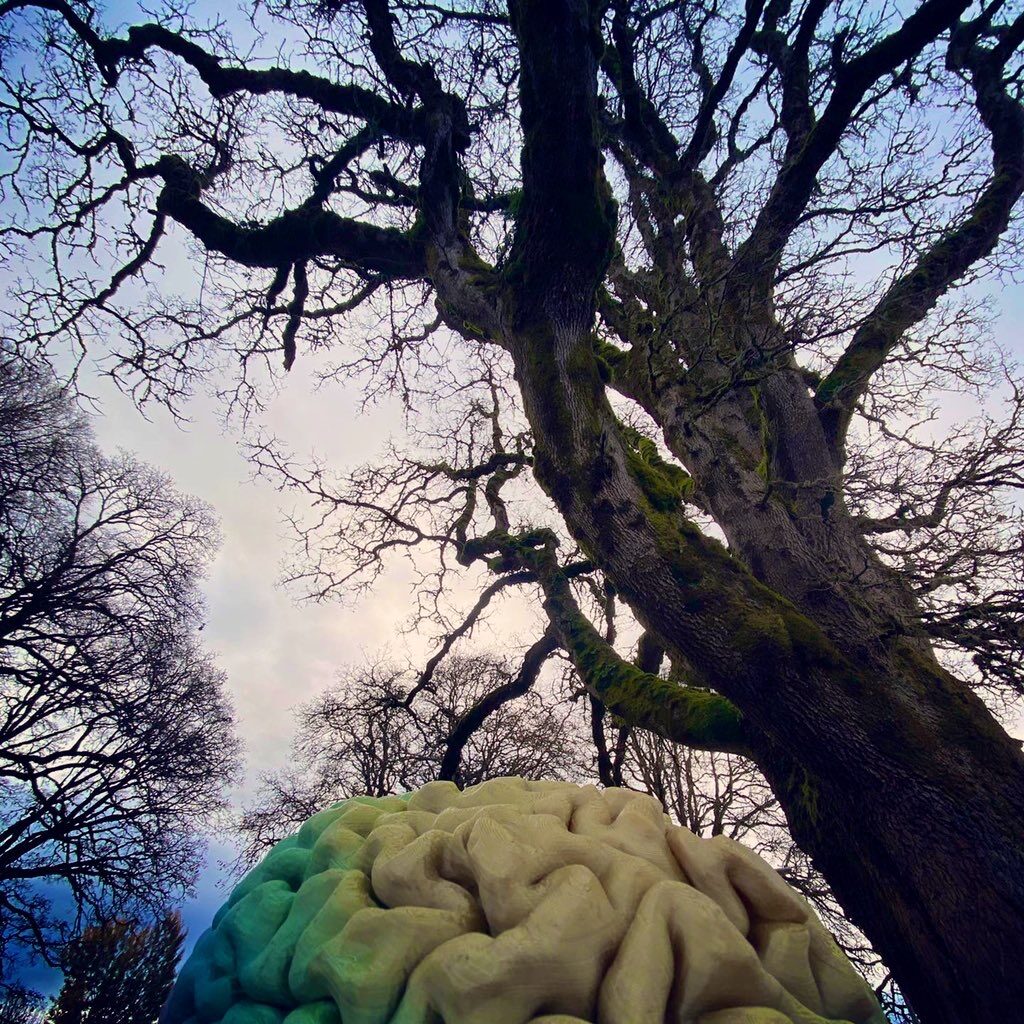
“Thank you so much for the opportunity to volunteer yesterday. I cannot wait to come back! I would particularly love to come back to Bridges to Pathways. Talking about the brain in ways that can help people on their journey to recovery was deeply rewarding. I think we helped a little yesterday and I’m so grateful to have been a part of that.
I wanted to note that this experience was my first time working among my peers as a student. I restarted school during the pandemic so I haven’t had the chance to connect with other students with similar interests. I can see what I’m missing and it makes me all that more excited to start at PSU next year.
— Sienna Morris
Thanks so much for yesterday. It filled me up!”
